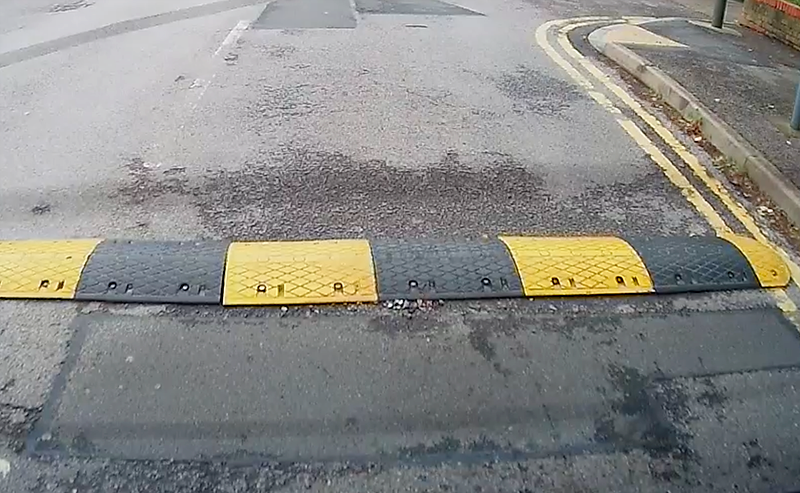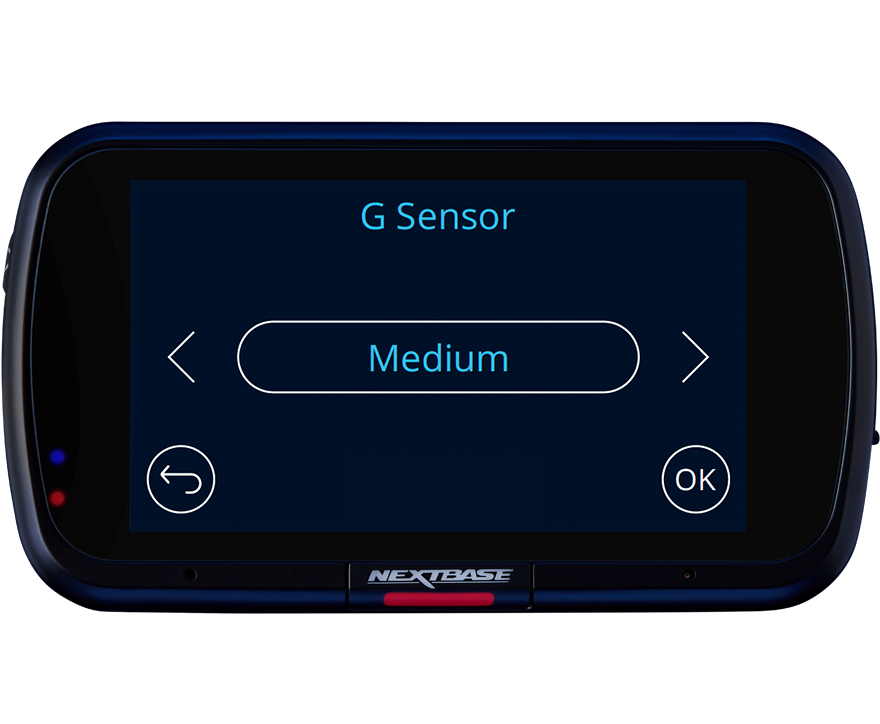G-Sensor
What is a G-Sensor?
A G-Sensor is an accelerometer that registers values based on the amount of force applied during an impact. When a pre-set value is reached, this will cause the recorded footage to be protected and moved into a folder that cannot be overwritten by any further footage you record. These values are set by your Dash Cam’s firmware upon installation.

Benefits
The benefit of having a built-in G-Sensor is if the vehicle was involved in an incident, the file would become protected automatically, ensuring the image wouldn’t be overwritten by the standard auto-delete function on the Dash Cam.

When activated
The padlock will appear in the centre of the screen when the G-Sensor had been activated, therefore indicating to the driver that the file is being locked. This can give the driver extra peace of mind in knowing that their important footage is stored away safely and can be viewed later, without the need to remove the Dash Cam immediately after an incident has taken place.
Triggered by other conditions
The G-Sensor can also be triggered by other factors such as potholes on the road, heavy acceleration and braking, or speed bumps. This can be useful in protecting other important footage, but the G-Sensor setting can be adjusted depending on the driving environment or vehicle being driven if too many files are being automatically protected by the G-Sensor.


How do I calibrate a Dash Cam G-Sensor?
The G-Sensor can be calibrated via the video menu option on the Dash Cam. The G-Sensor can be adjusted or turned off via this setting. The options are set to high, medium, low and off. The higher the G-Force setting, the higher the sensitivity, meaning more files will be protected.






